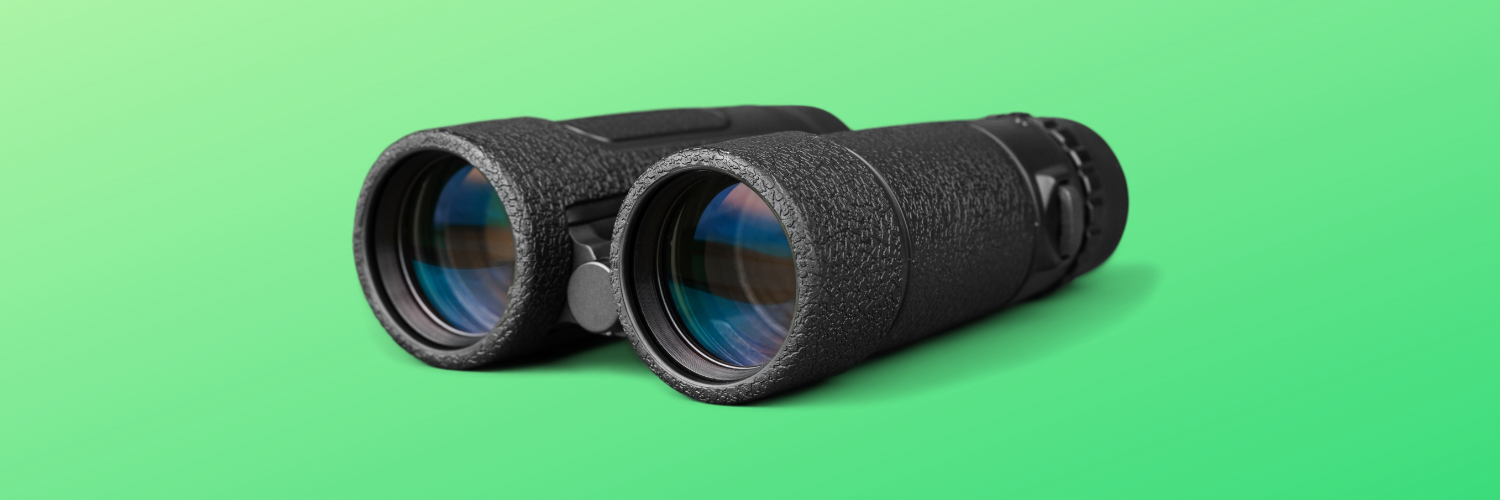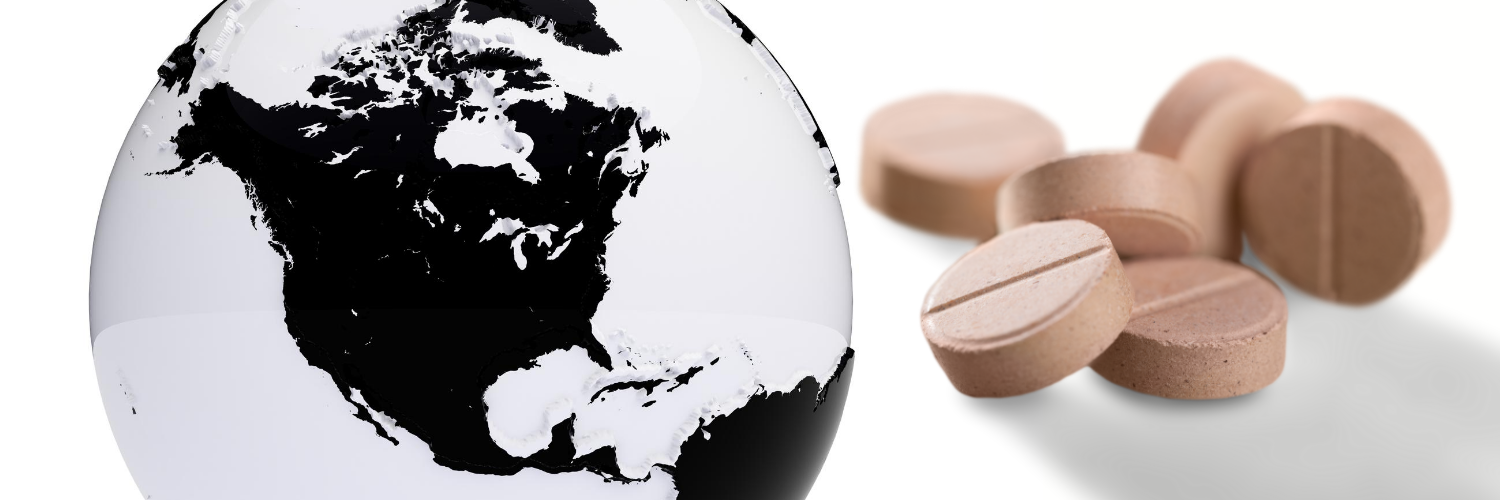What to Do If You Lose Your Health Insurance

In the days since the U.S. first enacted a COVID-19-related shutdown, more than five million Americans have lost their health insurance. We are facing a health insurance crisis, although America was certainly not a health insurance utopia before March of 2020. Between 1999 and 2015, worker contributions to health insurance premiums rose by 221%, according to a 2016 survey from the Kaiser Family Foundation. (Inflation, meanwhile, rose by just 42% in the same period.) The average annual premium for single-person coverage was $7,188 in 2019. Family coverage averaged more than $20,000 per year. Even if Americans were not losing health insurance due to the pandemic, we would still be facing the distinct possibility of a lot of uninsured Americans.
If you’ve recently found yourself without health coverage due to job loss -- incidentally, COVID has also seen unemployment rates soar -- you have a few options. Pending eligibility, the cheapest option by far would be to apply for your local Medicaid program. You may also use COBRA, a federal program that allows you to stay on your employer’s health plan for some months after being laid off.
COBRA
Though COBRA allows you to maintain your employer health insurance, it can be prohibitively expensive. According to a report from 2010, the average monthly cost of maintaining health insurance through COBRA for an individual was $410.
COBRA stands for the Consolidated Omnibus Budget Reconciliation Act. (A mouthful, to be sure. COBRA is much easier.) This act ensures that employers offer laid-off employees the option to remain on their employer’s health plan. In theory, a fabulous option. Here’s the catch: With COBRA, the employee must take on the cost the employer previously paid toward health insurance. As a result, COBRA can be incredibly expensive. If you normally pay $99 per month towards health insurance and your employer pays an additional $150, with COBRA, you will be tasked with paying the full $250 per month.
Your employer is legally obligated to offer you COBRA when you either leave the company or are terminated. If your employer laid you off due to COVID-19 complications, ask about COBRA. Depending on your financial situation, this may be the best way to maintain a certain standard of health coverage, particularly if you or someone in your family is dealing with chronic illness. COBRA can offer coverage for as long as 36 months.
Medicaid
Medicaid, a federally funded program run by individual states, is inexpensive; in most states, it is actually free of monthly payments. The Center for Medicaid Services determines eligibility by comparing your income to the federal poverty line (FPL), which currently sits at $12,760 per year for an individual. As it is state-run, Medicaid eligibility requirements will vary from state to state. The Kaiser Family Foundation has a handy guide to the different eligibility requirements in each state. You can also apply for Medicaid at any time during the year; you do not have to wait for an enrollment period.
A few states have requested an additional “work requirement” be added to eligibility criteria for Medicaid. While this measure has been approved in four states, according to the Commonwealth Fund, it has not yet been implemented, so you should still be able to obtain coverage in these states if you are unemployed. In Utah, the work requirement request has been suspended in the wake of the COVID crisis. This work requirement would ask enrollees to work at least 20 hours a week in order to obtain coverage.
The Affordable Care Act introduced an option for states to adopt an “expansion” to Medicaid. This adjustment allows Medicaid to cover those with income up to 138% of the FPL. Most states opted into the expansion. However, 13 states have not yet enacted the Medicaid expansion; in these states, the eligibility criteria are more restrictive. In Alabama, for example, a person applying for parent or caregiver Medicaid must have an income at or below 18% of the FPL in order to apply for Medicaid. Until recently, the limit in Virginia was 30% of the FPL, which is around $5,000. The states that have rejected the expansion do not have Medicaid programs for individuals, instead focusing on families, pregnant women, children, and the elderly.
In general, you should not have to pay monthly fees if you enroll in your state’s Medicaid program. A few states, such as Arkansas, Indiana, Iowa, and Michigan, will require a monthly payment for families above a certain threshold.
All Medicaid programs currently offer prescription drug coverage, although, per Medicaid.gov, they do not have to offer it. Each program has a few excluded drugs; for example, Louisiana Medicaid will not cover drugs associated with fertility or weight loss. See Medicaid.gov’s database of Medicaid drug exclusions here. Bear in mind that if you do have Medicaid, you may not be able to use drug discount coupons administered by pharmaceutical companies, thanks to the Anti-Kickback Statute.
Medicaid enrollment is seeing a spike right now, thanks in large part to the novel coronavirus.
Medicaid for Pregnant Women
Medicaid covers childbirth and associated healthcare for pregnant women below a certain poverty level, via a separate program or through CHIP, the Children’s Health Insurance Program. (In Texas, the program is called CHIP Perinatal.) Pregnancy is one condition that will require in-person medical care; health insurance for at least the pregnancy and a few months after should be imperative.
The Healthcare Marketplace
You may get insurance from the “marketplace,” AKA insurance that is not associated with an employer. Monthly premiums for individuals average around $440, while average monthly premiums for families sit around $1200. Marketplace insurance is less expensive than COBRA, but there is one catch: You can only apply for marketplace insurance during the enrollment period, which begins in November and lasts about a month.
Fortunately, the marketplace does allow “special enrollment periods” for major life changes. For example, the Affordable Care Act allows young adults to stay on their parents’ health insurance until the age of 26. After you turn 26, you have 60 days to enroll in a plan. Similarly, if you lost income due to job loss or change, you may qualify for special enrollment. Healthcare.gov has a screener that will tell you, according to your life circumstances, if you are eligible for a special enrollment period.
The CARES Act Provider Relief Fund
The CARES Act, Congress’s attempt to heal the country’s COVID wounds, does offer some relief for uninsured individuals receiving care for the novel coronavirus. The CARES Act Provider Relief Fund will reimburse providers for absorbing the cost of treating uninsured individuals. If you receive care for COVID-related sickness, ask your provider if they are submitting the claim to the Health Resources & Services Administration (HRSA). If a provider submits a claim to the HRSA, the uninsured individual will not have to pay for COVID testing or treatment. If your provider neglects to submit a claim, you may end up having to pay for these services.
Prescription Drug Savings
Prescription drug costs are exorbitantly high, but that does not mean you cannot find relief. Frequently, actually, out-of-pocket costs for drugs can be much cheaper than an insurance copay.
If you have a long-term chronic illness that requires daily medication, you may be able to keep getting prescriptions without speaking directly to your provider (which would incur a fee). Per Dr. Shivam Patel, PharmD, BSPS, RPh, prescriptions for diabetes, cholesterol, and blood pressure are frequently refilled without doctor consultation.
The PharmacyChecker U.S. Discount Card can shave as much as 87% off your local pharmacy billPharmacyChecker also runs the PharmacyChecker Verification Program through which we monitor and accredit online, mail-order pharmacies located in Canada and other countries. Drugs ordered from these pharmacies are usually around 90% cheaper than drugs sold in the U.S. A bottle of olopatadine, for example, sells for an average of $150 at U.S. pharmacies. But you can order a bottle of olopatadine for just $16 from an international mail-order pharmacy.
See List of Accredited Online Pharmacies




